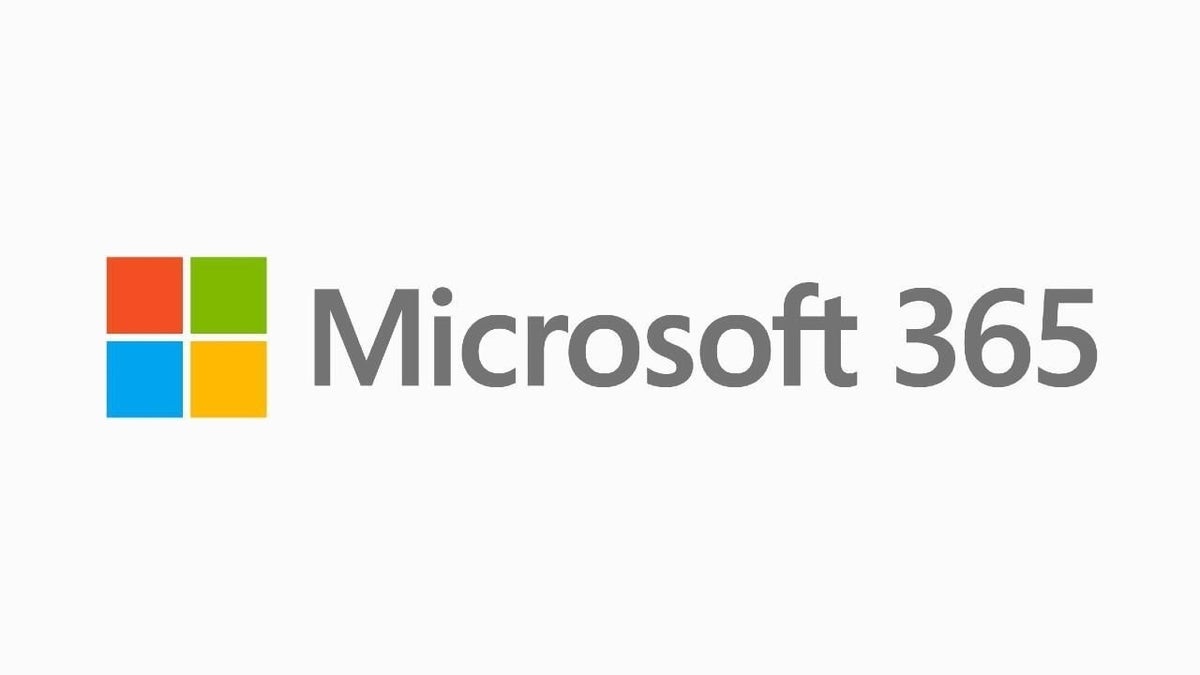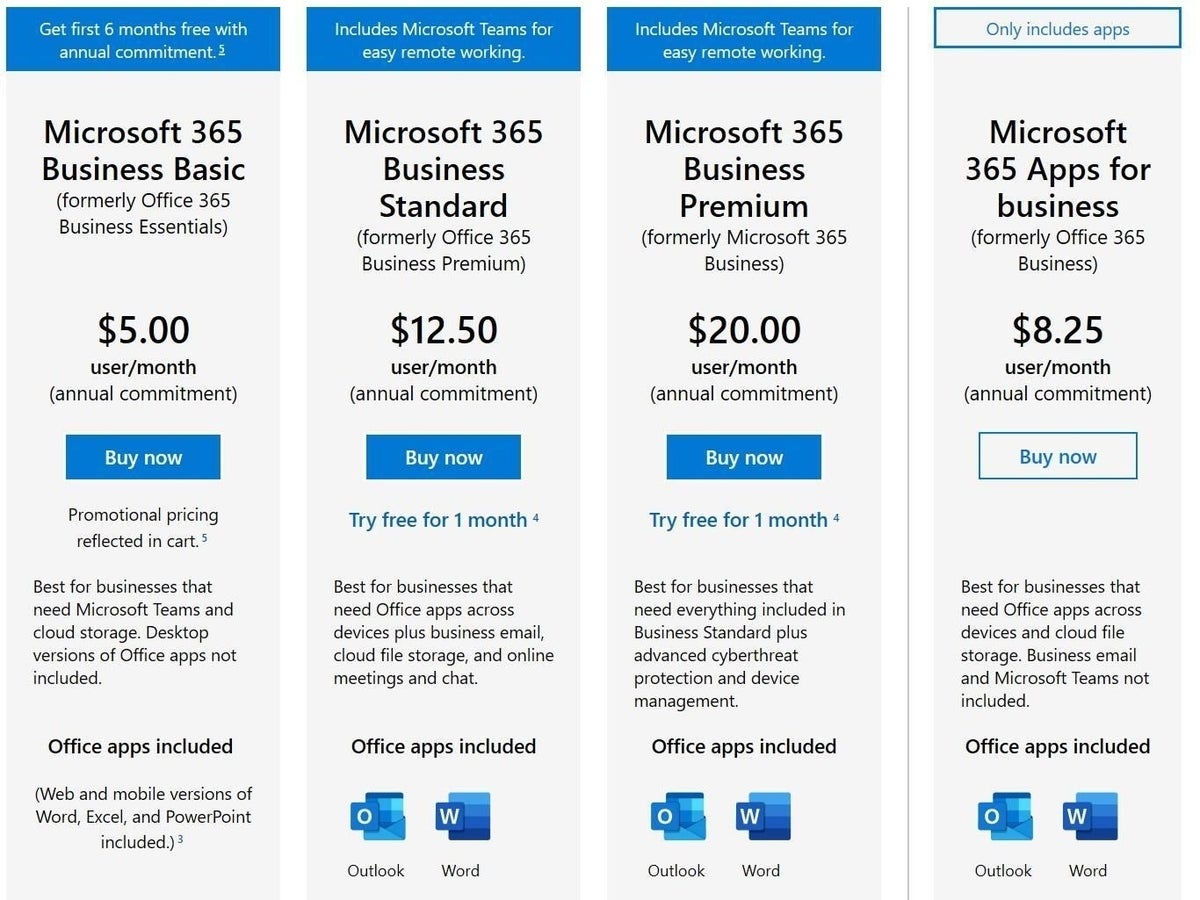
Image: Microsoft
As of April 21, 2020, the official branding of Microsoft’s productivity suite has changed from Office 365 to just Microsoft 365. The new naming convention reflects Microsoft’s strategy of providing a single complete productivity platform for its customers.
From the customer’s perspective, there is no separation between Windows 10, Office 365, and Azure—it is all just one platform, the Microsoft 365 platform. We’ll have to wait and see how well this new strategy plays out.
Fortunately, from the viewpoint of current subscribers, the change from Office 365 to Microsoft 365 is not going to have much of an immediate practical impact. In general, the subscription you had on April 20 is the same as the subscription you had on April 21, only with a different name.
However, in the interest of clarity and the inevitable annual renewals, this may be a good time to go over just what Microsoft 365 packages are currently available.
SEE: Office 365: A guide for tech and business leaders (free PDF) (TechRepublic)
A breakdown of Microsoft 365 for business
As was the case when the productivity suite was called Office 365, each subscription package of Microsoft 365 includes various familiar applications such as Outlook, Word, Excel, and PowerPoint. Each subscription package will also include various levels of services like Exchange, SharePoint, OneDrive, and Teams. You will have to decide which package is right for your needs.
Disclosure: TechRepublic may earn a commission from some of the products featured on this page. TechRepublic and the author were not compensated for this independent review.
Figure A shows the current business-oriented subscription packages for Microsoft 365.
Figure A

Microsoft
The least expensive subscription available is called simply Microsoft 365 Business Basic, at $5 per user per month ($5/user/month). This package was formerly referred to as Office 365 Business Essentials. With this subscription package you get access to the online cloud-based versions of the office apps only—no desktop versions. But the package does allow mobile apps. Exchange, OneDrive, SharePoint, and Teams services are included.
The next level package is called Microsoft 365 Business Standard, which was formerly called Office 365 Business Premium. The subscription is $12.50/user/month and includes the basic office applications online, mobile, and on desktops. Exchange, OneDrive, SharePoint, and Teams services are included.
The next level package is called Microsoft 365 Business Premium, which was formerly listed as Microsoft 365 Premium (yes, it is a bit confusing). This subscription costs $20/user/month and includes office applications online, mobile, and on desktops. Exchange, OneDrive, SharePoint, and Teams services are included. However, this package also offers Intune and Azure Information Protection services.
There is a fourth subscription package available called Microsoft 365 Apps for Business (formerly Office 365 Business). This subscription is available for $8.50/user/month and includes the office apps, but the only supported service is OneDrive.
A breakdown of Microsoft 365 for home
The name change also applies to the home versions of Microsoft’s productivity suite of office applications. Figure B shows you the current breakdown of home subscriptions available.
Figure B

Microsoft
The home versions forego the per user subscription model and opt for annual renewals. Microsoft 365 Personal is $69.99/year, Microsoft 365 Family is $99.99/year, and Home Office and Student 2019 is a one-time purchase of $149.99. All the subscription packages include online and desktop applications with various amounts of cloud-based storage.
Microsoft 365 or Office 365: What’s in a name?
Microsoft’s name changes for its office productivity suite does not really change your current subscription package, which is a good thing. However, the new naming convention can get confusing when you try to connect former names to their respective new names. At this point, it may be more efficient and less taxing to concentrate on whether your current subscription for office applications meets your needs, regardless of what it may be called.